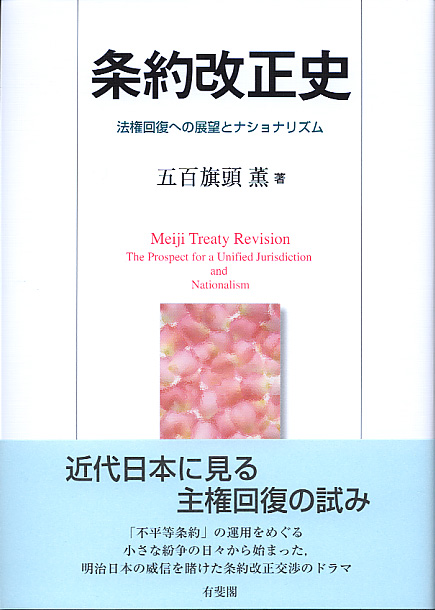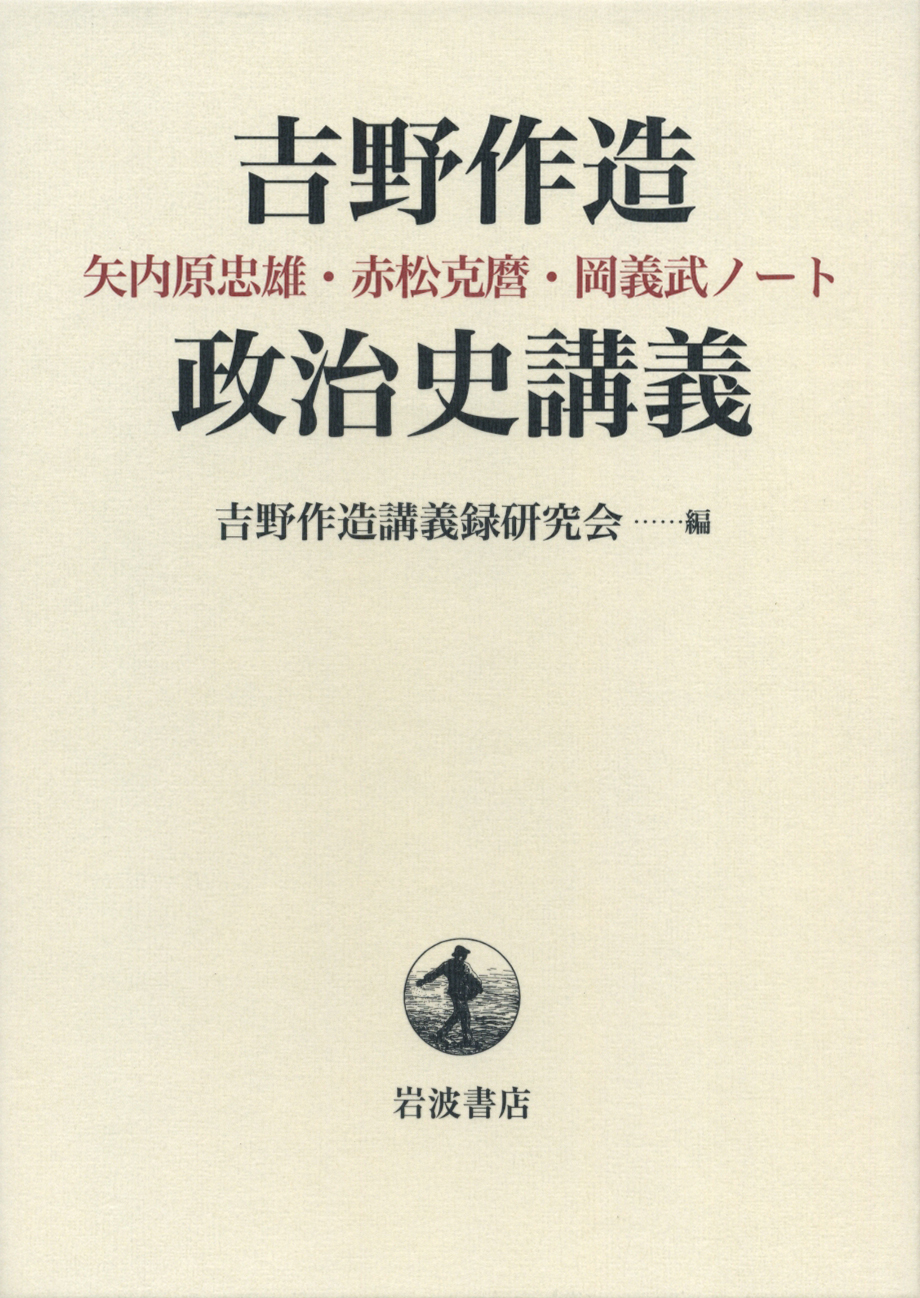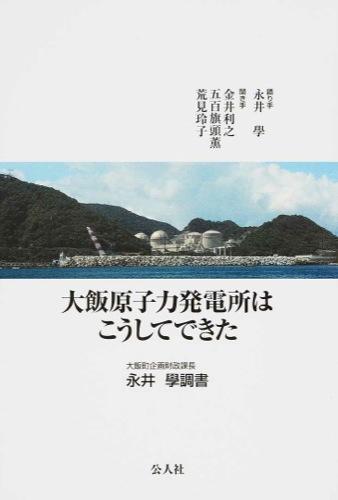
Title
Jōyaku Kaiseishi: Hōken kaifuku heno tenbō to nashonarizumu (Renegotiating Japan’s Unequal Treaties: A window on late 19th-century diplomacy)
Size
378 pages, A5 format, hardcover
Language
Japanese
Released
December, 2010
ISBN
978-4-641-17370-5
Published by
Yuhikaku Publishing
Book Info
See Book Availability at Library
Japanese Page
After having largely cut itself off from the outside world for over 200 years, Japan was compelled to open its doors to western commerce in the 1850s and 1860s. Yet because the treaties signed at that time reflected the western powers’ dominant position, Japanese foreign policy's prime imperative in the initial decades after the Meiji Restoration of 1868 was to rectify these unequal treaties. Part of this involved establishing more formal “national” governance, and another part entailed emulating the institutions and trappings of western civilization to demonstrate Japan's modernity. While essential to treaty reform, this same combination fostered nationalistic resentment of western intrusions on Japanese traditions. Understanding the process of the treaties‘ revision is thus central to understanding Japan’s modernization and subsequent history.
The first point of interest is how the negotiators were, and in some cases were not, able to break intractable diplomatic stand-offs into their constituent parts that could then be made tractable. One of the goals of the negotiations was to eliminate extraterritoriality and abolish the consular courts so as to ensure all people in Japan, regardless of nationality, would be subject to the same Japanese laws and regulations. This was pivotal to establishing Japanese legal integrity and sovereignty. Yet because this was too big a reform for the western powers to accept all at once, it was narrowed to eliminating consular interference in Japanese administrative rules and regulations in the hope consensus could then be achieved on the restoration of at least this much administrative autonomy.
Yet when it proved impossible to win even this limited administrative autonomy, the goal shifted to the elimination of the consular courts, even though this was expected to be more difficult. Why did failure to achieve limited administrative autonomy result in raising the diplomatic bar? Part of the joy of writing this book was the glimpse it afforded into the complexity of human interaction.
This was complemented by the opportunity to rethink what it means to construct a modern state. It is, of course, possible to examine the significance of and interactions among the administrative, judicial, and legislative aspects as constitutional issues. Yet this can also be studied as diplomatic history, and the history of treaty revision to regain state sovereignty involved considerable uncertainty and tentativeness on how to prioritize among these three aspects and how to approach each.
Third is that the work can be seen as offering an understanding of the origins of some of the many international issues plaguing East Asia even today. One of the features of this book is that it looks at not just the effort to revise the unequal treaties with the west but also the parallel effort to revise the Sino-Japan Treaty of Friendship of 1871 and how the two sets of negotiations affected each other. As such, it explicates how the stereotype was established of seeing the west as epitomizing the vanguard of civilization and China as a country that had turned its back on civilization. At the heart of much East Asian tragedy, this long-standing perceptual dichotomy has yet to be resolved.
While human ingenuity may be no match for artificial intelligence in answering questions posed to it, humans are still better at analyzing issues and posing the essential questions. This work represents my effort to sift through the vast wealth of historical data and to summarize some key threads for my own, and now my readers’, consideration.
(Written by Kaoru Iokibe, Professor, Graduate Schools for Law and Politics / 2017)



 Find a book
Find a book





